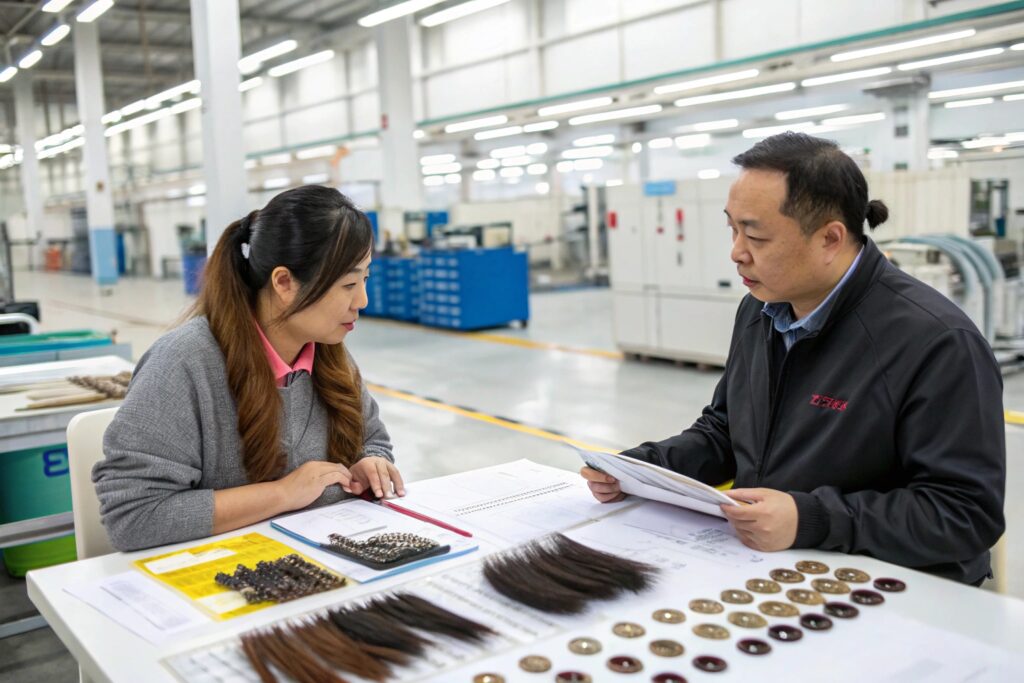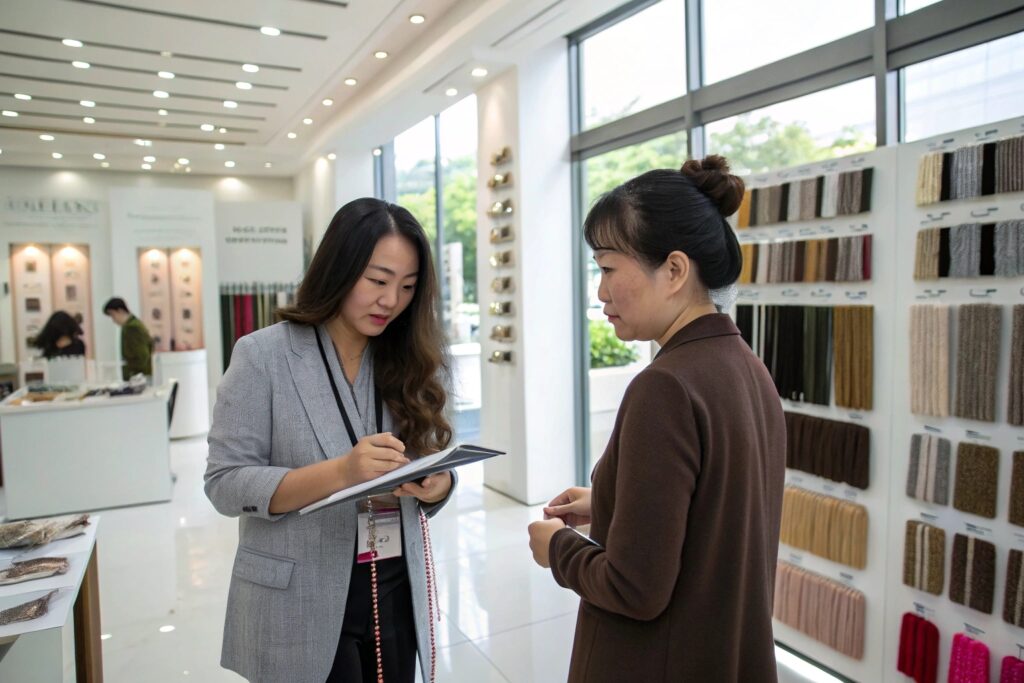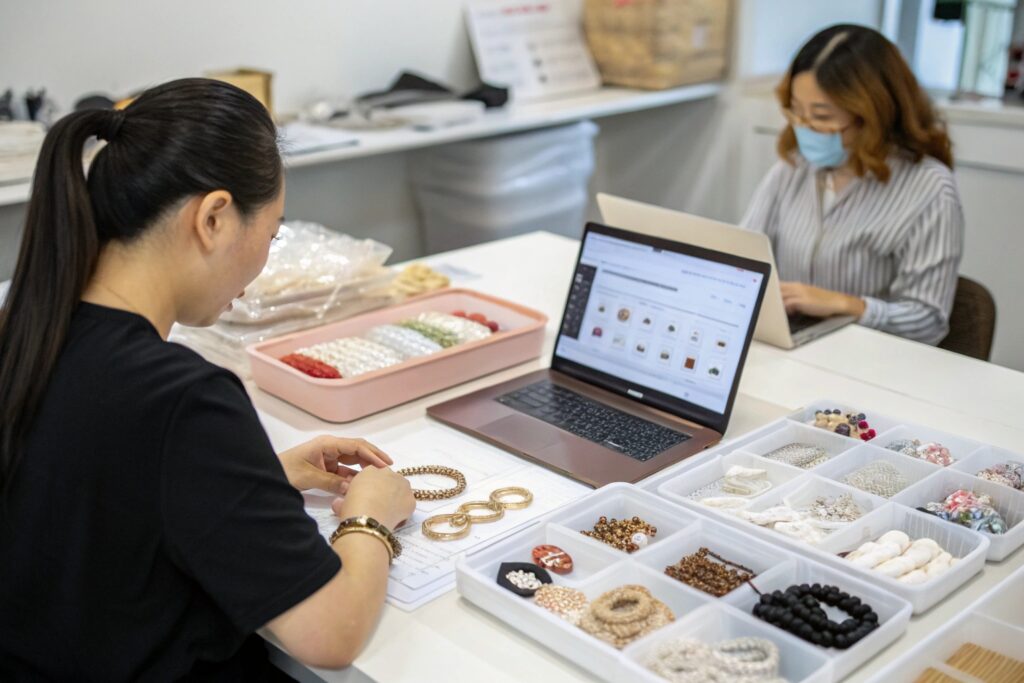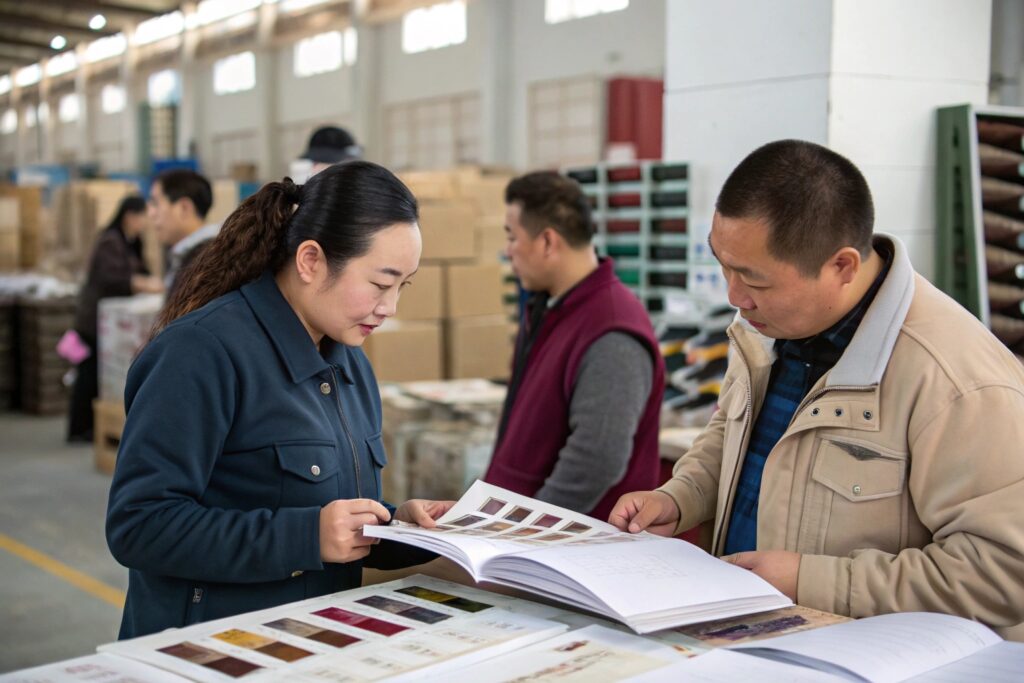Ordering hair clips in quantities of 10,000 or more sounds simple—but without proper strategy, you might overpay or face hidden fees. If you’re buying for a brand, supermarket, or online store, knowing how to ask the right questions is your edge.
The key to getting meaningful discounts on bulk hair clip orders lies in smart negotiation—based on order size, customization complexity, raw material cost, and supplier trust.
In this article, I’ll guide you through practical steps we’ve seen work in real deals. Whether you’re importing plastic claw clips, pearl pins, or velvet barrettes, there are ways to reduce cost while keeping quality and delivery intact.
What Factors Influence Discount Eligibility?
Discounts aren’t given just because you ask. They’re based on the numbers, logistics, and trust. If you're buying 10,000+ hair clips, your order size alone opens the door. But what else matters?
Suppliers consider material choice, clip complexity, branding needs, and delivery timing when calculating discounts.

Does Product Type Impact the Final Discount?
Yes—greatly. A simple plastic bobby pin requires less time, mold use, and QC than a metal pearl barrette with rhinestones. That means easier items often yield higher discounts.
In our experience, ordering popular everyday clips (like snap clips) in bulk can result in up to 25% lower per-piece cost compared to customized styles. That’s why we advise new buyers to standardize designs when possible.
You can view cost breakdown examples on platforms like Alibaba’s RFQ pages for general idea—but keep in mind, these aren’t always the final negotiated prices.
How Does Lead Time Affect Unit Pricing?
Lead time flexibility is a hidden bargaining chip. If you’re not in a rush, factories can optimize their production line schedules, which reduces overtime and handling costs.
We’ve had cases where buyers agreed to extended lead times by 5-7 days and unlocked an additional 5% discount. Suppliers are more likely to offer better rates when they’re not pressured to prioritize your order ahead of others.
Many freight forwarders like ShipBob or Flexport now coordinate slow shipping for bulk orders, supporting longer production plans and cost savings.
What Questions Should You Ask to Open Negotiation?
How you start the conversation sets the tone. Vague requests like “Can you give me your best price?” don’t help. You need to show you’re serious and informed. Start by understanding their cost structure.
Ask about pricing tiers, tooling costs, and packaging models. These reveal where you can negotiate smarter.

What Pricing Tier Options Can You Explore?
Ask your supplier: “What are your pricing breaks for 10,000, 20,000, and 50,000 pieces?” You’ll often find major discounts open at 20,000+, but even starting at 10,000 opens leverage.
Ask for a table of pricing tiers, ideally formatted like:
| Quantity | Unit Price (USD) | MOQ Discount |
|---|---|---|
| 10,000 | $0.14 | 5% |
| 20,000 | $0.12 | 10% |
| 50,000 | $0.10 | 15% |
Online platforms like GlobalSources also use such tiered tools to help buyers visualize scalable orders.
What Hidden Costs Should You Clarify?
Always ask about mold fees, packaging surcharges, logo printing, and freight terms. For example, does the quoted price include logo stamping? If not, that $0.12 per piece might become $0.16.
It’s also smart to confirm if they offer FOB, CIF, or DDP pricing. This impacts who pays for duties and freight. Our HairAcc team always clarifies this upfront to avoid misunderstandings later.
To better understand pricing terms, refer to Incoterms Explained.
How to Propose a Win-Win Pricing Structure?
If you want a better price, you must offer something in return. It could be a long-term partnership, future reorders, or public feedback/testimonials. Creating mutual benefit is your path to better rates.
By offering order commitments, case studies, or cash payment plans, you can unlock discounts even on complex items.

Should You Offer to Pay in Full or in Advance?
Offering partial upfront payment (like 50%) or full payment on order confirmation gives the supplier more liquidity. This reduces their risk and cost, which in turn earns you a discount.
You can say: “If I pay 100% up front, can we bring the unit price down by 3%?” This is a common ask we hear from US clients buying large orders.
But only do this if you trust the factory or work through secured platforms like Trade Assurance or use Payoneer for safe transfers.
Can Volume Guarantees Be Used as Leverage?
Yes—very effectively. Tell your supplier: “I plan to order 10,000 monthly over the next six months.” Even if your first order is just 10,000, this builds their confidence.
Factories are more flexible when they see your long-term value. In one HairAcc case, a startup offering a 60,000-unit roadmap secured a 15% discount and a free logo mold.
To draft such commitments, you can refer to contract templates or ask your freight consultant for standard sourcing clauses.
What Role Does Product Bundling Play in Price Talks?
Don’t just focus on hair clips. Bundling multiple items in one PO—like hair ties, claw clips, and bobby pins—can push your total volume above discount thresholds and simplify shipping.
Bundling lets you qualify for better pricing brackets across SKUs and reduces your per-item logistics cost.

How to Structure a Multi-SKU Purchase?
For example:
| Product | Quantity | Price (USD) |
|---|---|---|
| Hair Clips | 10,000 | $0.14 |
| Claw Clips | 5,000 | $0.16 |
| Hair Ties | 8,000 | $0.09 |
| Total | 23,000 | --- |
This 23,000-unit bundle unlocks high-tier pricing, even if each SKU doesn’t qualify alone. Most suppliers are happy to offer combo pricing as long as molds and materials overlap.
Websites like DHgate sometimes allow mixed product RFQs to preview pricing trends.
What Other Add-ons Can Be Negotiated?
Once bundling is agreed, negotiate free inner packaging, custom logo tags, or even drop test packaging. These may seem small, but for e-commerce sellers, they impact unboxing, brand recall, and returns.
At HairAcc, for clients ordering above 20,000 units bundled, we often offer free barcode printing, custom pouches, or Amazon FBA-ready boxing as part of our value add.
Refer to JungleScout for insights on packaging trends that increase e-commerce value.
Conclusion
Negotiating bulk hair clip orders above 10,000 pieces is all about asking smart questions, offering value, and bundling strategically. It’s not just about the unit price—it’s the full cost of shipping, packaging, and timeline flexibility.
From HairAcc’s side, we welcome professional negotiations. When a client is clear about their long-term plan, pays securely, and communicates early—we give our best rates, faster samples, and priority production slots.
In today’s competitive market, knowing how to talk to your supplier is just as important as what you’re buying. So next time you're preparing a bulk PO, use these strategies and get more for every dollar.









